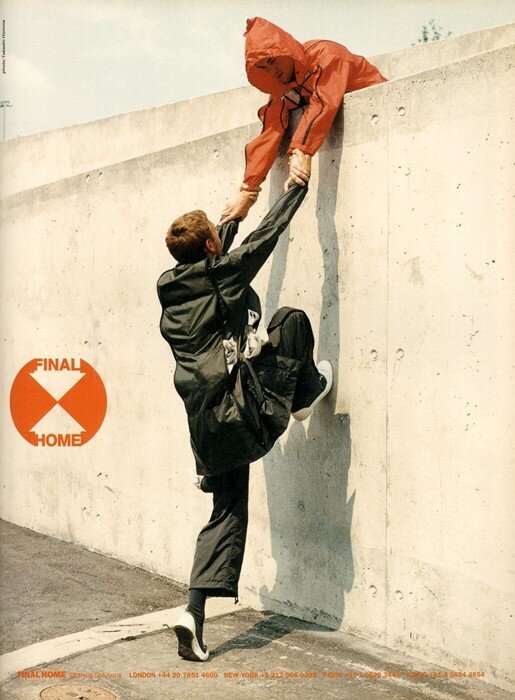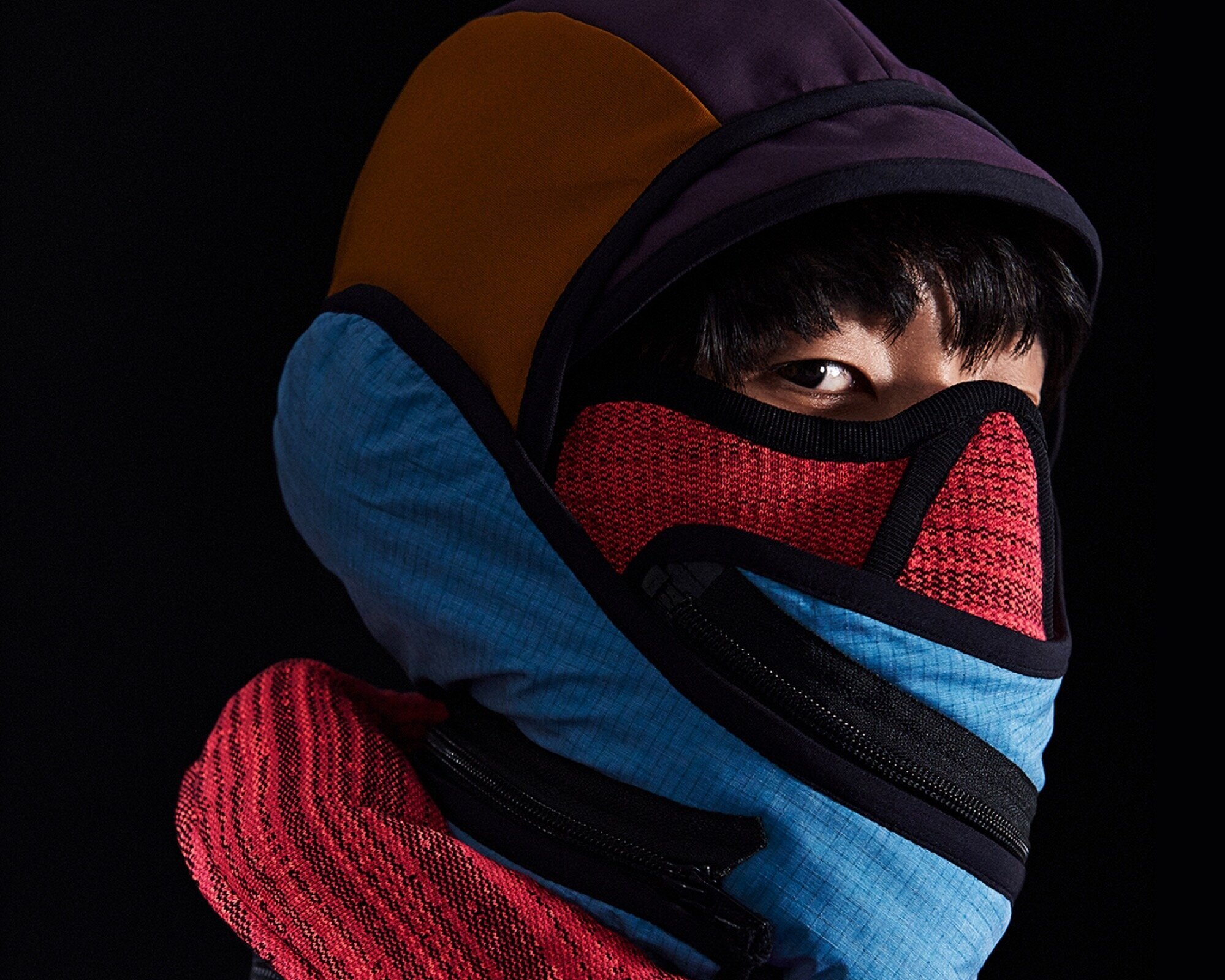sabukaru for Dr. Martens: New Tokyo Punks

Over the past century, a lot of subcultural phenomena came to Japan, were taken in by the locals, and got their unique Japanese translation. Two adaptations that gained fame even back where the subculture started are the rockabillies and bikers, famous for their dancing at Yoyogi Park, and the very unique Punk scene in Tokyo.
But let’s delve deeper into that later on. Many of these subcultural communities have products that members identify themselves with and that are distinctive to those specific groups. For the rockabillies and the punks, one of these products was the creeper. A shoe that was worn by British soldiers during WWII found its way back to the UK and had its first big moment in the late 1950s and 60s. With the teddy boys and later rockabillies, bikers, and rockers, the shoe found its way into a variety of rocking youth scenes.
It was also in 1960 when Dr. Martens first launched the iconic 1460 boot, recognizable by the yellow welt stitching, their boots were worn by workers, firefighters, and policemen. Later in the 70s, after young Vivienne Westwood and Malcolm McLaren put the creeper back on the map with a more rebellious interpretation of the teddy boy uniform, Dr. Martens introduced the creeper as one of their nowadays iconic silhouettes.
With the growth of these subcultures, so did the interest outside of the UK. When the Punk and Rockabilly scene found its way to Japan in the 70s, the first creepers came to the island and a love story unfolded. The shoes were soon picked up by local creatives and the youth. However, now, after almost 60 years, it’s time for a new generation.
We at sabukaru took our own turn on the creeper and its long legacy. Keeping the history in mind, we went out to shoot an editorial that takes on Tokyo’s love for punk aesthetics.














